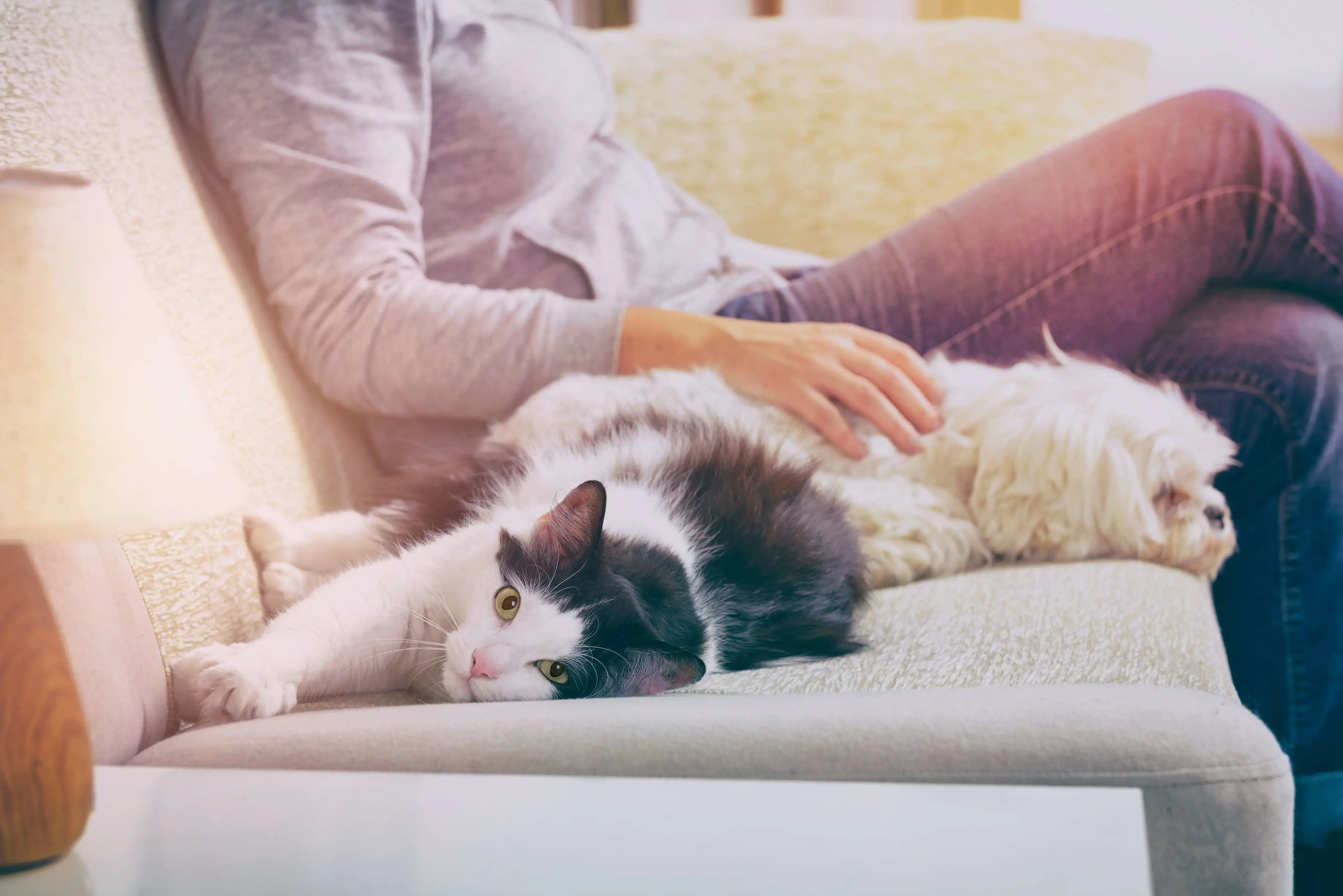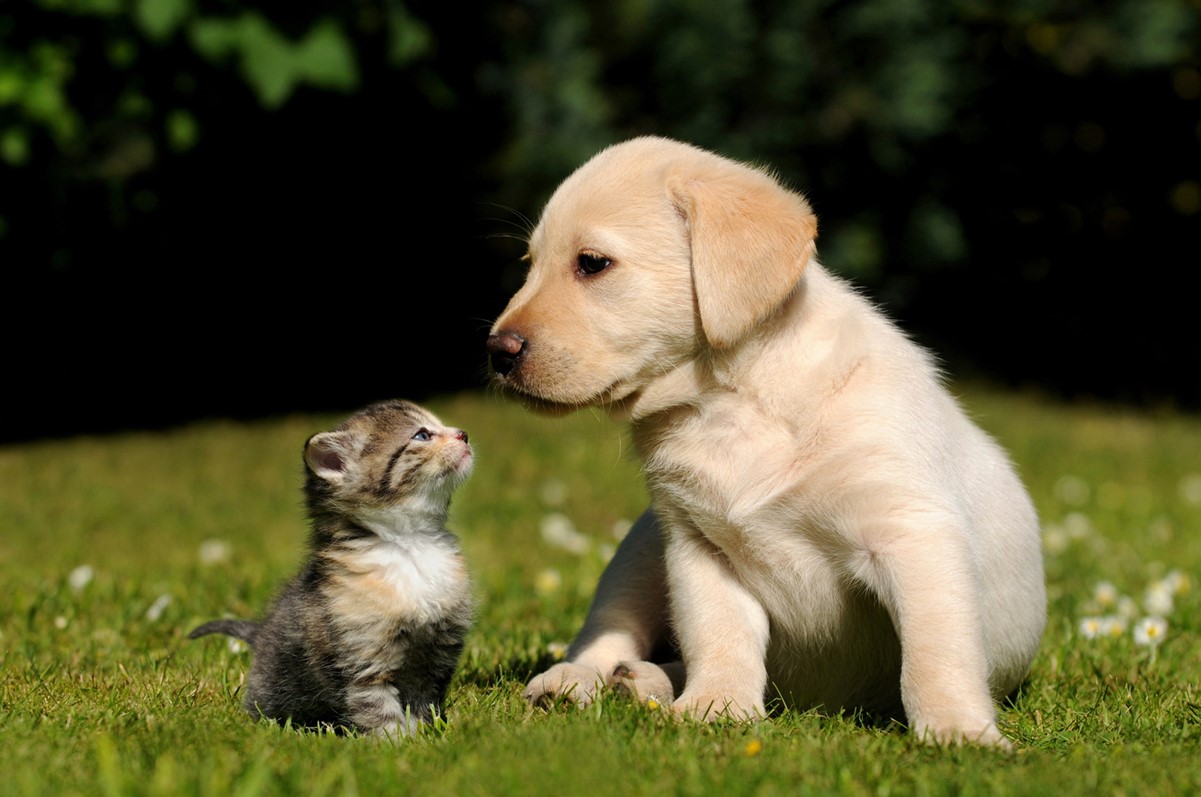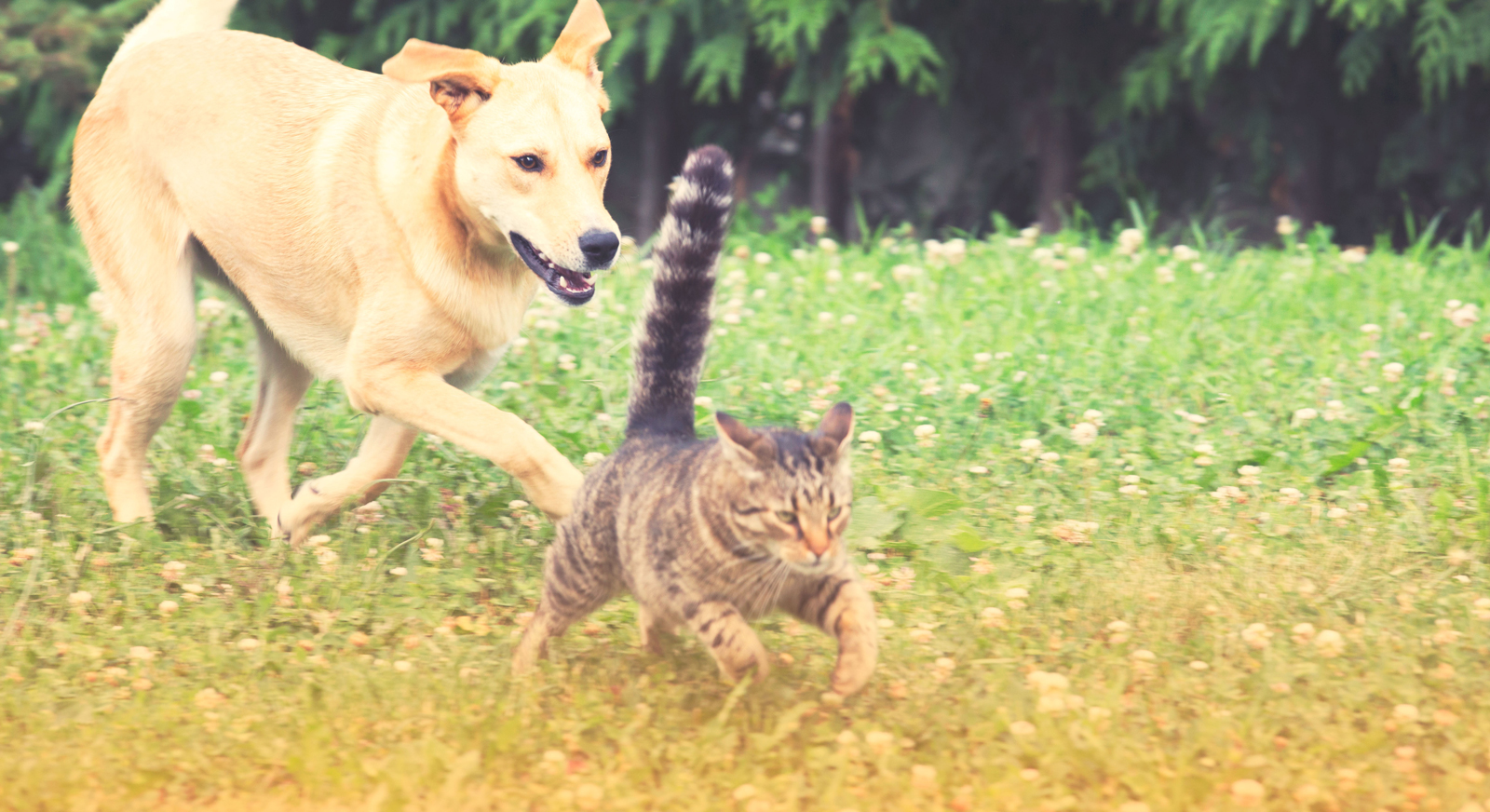What are cat years and dog years?
10th February, 2021

We know that our pets age faster than we do, but the question is how much? For many of us, the rule is that one pet year is equal to seven human years. It’s simple enough, but not as accurate as you may think. In reality, a one-year-old pet is more mature than a seven-year-old child.
Working out your pet’s ‘real’ age is important as it determines things like diet, exercise, sleep patterns and healthcare.
As pets become older, their needs change and they become more prone to illness or injury. Knowing your pet’s age helps you make the right choices about everything from food to insurance for your pet.
The problem with the seven-year rule
The seven-year rule is a simple one. But that’s part of the problem – it's too straightforward.
Not only do cats and dogs age differently than humans, they also age differently from one another.
Factors such as the breed and size determine the speed at which an animal ages. Broadly speaking, larger pets tend to have a shorter life span than smaller pets.
This doesn’t have a huge bearing on cats as they tend not to vary greatly in size. However with dogs, the size and life expectancy can vary enormously. You only need to think about the size difference between a Chihuahua and an Irish Wolfhound and the seven-year rule suddenly seems a long way from exact science.
From a veterinary or insurance for pets perspective, dogs and cats are split into six different life stage categories:
-
Puppy or kitten
-
Junior
-
Adult
-
Mature
-
Senior
-
Geriatric
Here’s a little more information about how to calculate the age of your pets.

How to calculate cat years
Every feline is different, but it is generally agreed that the first two years of a cat’s life are equivalent to 24 human years. After that, each year is calculated as an additional four years. That means if your cat is five years old, that makes it 36 years old on the human aging scale.
Life expectancy in felines can vary, but indoor cats generally live longer than outdoor cats. On average, an indoor cat will live to around 16 to 18 years. However, some can reach the grand old age of 20 years (that's 96 in human years).
How to calculate dog years
As with cats, dogs also mature quickly in the first two years of their life. However as mentioned, the rate at which that happens depends on their size and breed.
Larger breeds of dogs such as St Bernard’s mature faster than other smaller breeds. They are classed as ‘seniors’ by the time they are around six or seven years. As a result, they have a shorter lifespan. By comparison, small- and medium-sized dogs are classed as ‘seniors’ by the time they are nine years old.
Meanwhile, a large breed of dog will enter the ‘geriatric’ age bracket by the time it is 10, while in smaller breeds that will be between 12 and 14 years.
What are the signs of aging in your pet?

Thanks to veterinary medicine and comprehensive pet insurance cover, our beloved pooches and moggies are living for longer than ever. Many are able to enjoy a good quality of life well into their older years.
But working out the ‘real’ age of your cat or dog from a chart can only tell you so much. The best way to understand the age and needs of your pet is by looking out for signs of aging.
Here are three common signs that your cat or dog is ‘getting on a bit’.
1. Changes in weight or body condition
When you see your pet every day, subtle changes in their weight or body condition are not always immediately obvious. Aging can cause both weight loss and gain – they may be getting less exercise, but they could also have a smaller appetite or problems with digestion.
Equally, aging can mean your dog or cat is more prone to certain conditions and diseases – for example, arthritis, dental disease or cancer.
To keep your pet fitter for longer, you can give them pet food specifically designed for older animals and make regular visits to the vet.
2. Behavioural changes
Aging can cause your pet’s behaviour to change in a number of ways. You may find they become less enthusiastic about greeting you, less inquisitive, or more cautious.
All of these changes are a normal part of the aging process, but you might decide to take them to a vet for peace of mind. There are no cures for cognitive dysfunction or symptoms of senility, but there are treatments and supplements that can help reduce the effects.
3. Loss of senses
Dogs and cats have notoriously good senses of smell and sight, but these can fade as they get older. Your cat or dog may become more easily startled, more aggressive, less responsive or start bumping into objects .Some animals can even become blind or deaf if the cause is not treated.
If you are worried about your pet’s eyesight, you should see a vet. At home, you can keep their water bowl, food bowl and bed in the same position and avoid sudden movements.
Pet insurance for a whole lifetime
Taking care of your pet is essential whatever their age. Having comprehensive, reliable pet insurance is a great way to do that. At Purely Pets we offer a range of cover, including pet insurance cover for older pets.
Benefits of insuring your cat or dog with us can include a 24-Hour Vet Helpline, staffed by veterinary professionals, and an online policy management portal so you can review your documents at a time that suits you.
With 15 levels of lifetime cover and excess starting from as little as £60, you can protect your pet for less with us.
We’re based in the UK so you can be sure any claims will be dealt with as quickly as possible.
Find out more about our award-winning pet insurance – get in touch with our team today.
Policy benefits, features and discounts offered may very between insurance schemes or cover selected and are subject to underwriting criteria. Information contained within this article is accurate at the time of publishing but may be subject to change.
Helpful Pages
Recent Posts
Pet Insurance Quote
- 98% claims paid *
- Claims paid directly to vets
- 24/7 vet video consultations
- Interest free monthly payments




